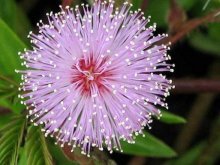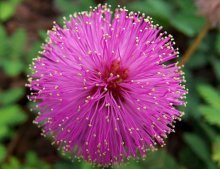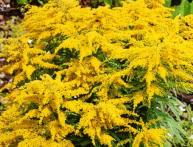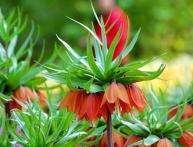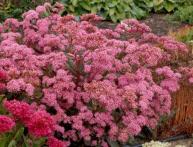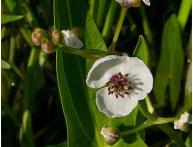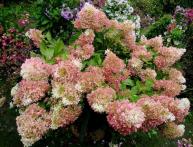Mimosa pudica: how to grow from seeds correctly and what care it needs
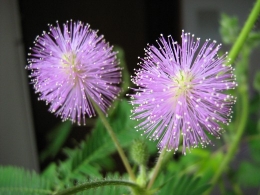
One of the unusual indoor plants is mimosa pudica. It has amazing properties: when a thunderstorm approaches or before rain, it folds its leaves. This plant can be easily grown at home.
Content:
Description of the plant
Mimosa pudica is one of the beautifully flowering evergreen shrubs of the Mimosa family. This type of plant is very decorative and is well suited for growing indoors. The plant can reach a height of 60 cm. The stem of the plant is spiny. The leaves are compound and pinnate, consisting of several leaflets.
This plant is very sensitive. After touching, the mimosa leaves curl and the petiole falls down. They return to their usual state after 30 minutes.
At night, the mimosa leaves are also folded. The same phenomenon is observed when exposed to high temperatures from 24 degrees. The flowers of the plant appear in summer, usually in a light pink or light lilac hue. Mimosa pudica is considered a poisonous plant. Blooms mimosa within 4 months subject to all care conditions.
Growing rules
Most often, mimosa pudica is grown as an annual plant. Attractiveness and decorativeness are lost after flowering.After this, you can get a lot of seeds for further propagation. When growing mimosa, regular flower soil is suitable.
If necessary, you can add perlite. The container should be of medium size. Sprinkle the bottom of the pot with pebbles - this is the first drainage layer. Next add soil. Sowing is carried out in March-April. Pre-seed material should be soaked in hot water for half an hour. After this procedure, you can plant it in the ground, deepening it by 1 cm.
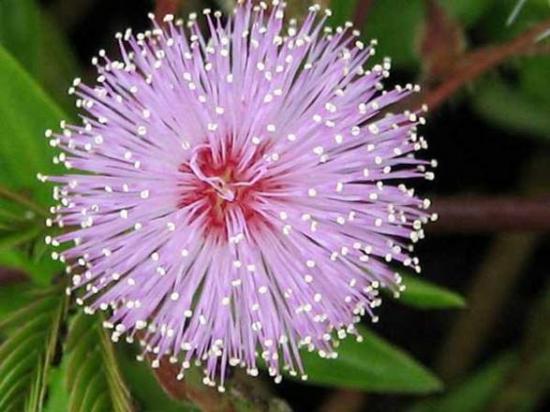
The soil should be loose and moist. After sowing, cover the container with polyethylene or glass and place it on the windowsill. Shoots should appear in a week with regular ventilation and a temperature of 25 degrees. With the appearance of a pair of leaves, you can dive into separate containers.
The seeds are collected in the fall and prepared for plant propagation in the spring. They have a hard shell, so they require scarification. To destroy the shell, you can not only pour boiling water over the seeds, but also carefully cut it with a knife. You can grow mimosa not only indoors, but also as an annual plant in open ground.
Features of care
The plant prefers bright light, but exposure to direct sunlight should be avoided. This must be remembered when choosing a place for mimosa. The plant does not like drafts and does not tolerate tobacco smoke. When watering, it is important to ensure that the soil always remains moist. Excessive watering may lead to overwatering.
As a result, the roots will begin to rot. Watering is reduced in winter. Mimosa grows well at temperatures from 18 to 24 degrees and with high humidity. Therefore, mimosa should be sprayed daily with a spray bottle.When spraying, you need to try not to get water on the leaves.
Mimosa bashful on video:
In order for mimosa pudica to grow and develop well, it is necessary to replant it every year. For the soil mixture, use leaf soil, sand, and turf in a ratio of 1:2:0.5. The plant should be fed using liquid mineral complexes. It is advisable to use with a high nitrogen content. Feeding is carried out throughout the growing season once every 2 weeks.
They begin to feed in April and continue until October. If not properly cared for, the plant may be exposed to dangerous pests. One of the main ones is the spider mite. Actellik is used to control the pest. When using it, you must follow safety precautions.
If the leaves turn yellow, this is observed due to excessive watering. If they fall off and turn yellow, this indicates dry air in the room or irregular watering. If the mimosa does not bloom and grows slowly, then the plant does not have enough nutrients. Need to increase feeding.
Useful properties of the plant
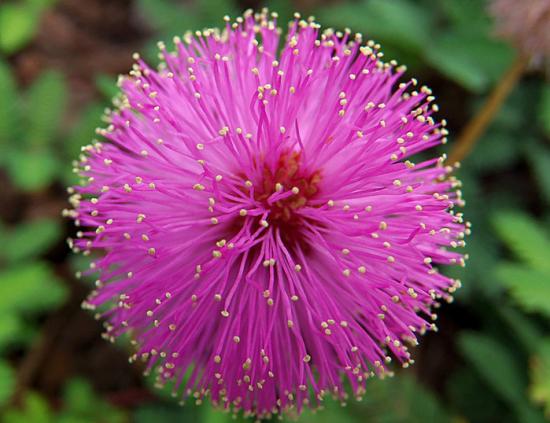
Mimosa leaves are of particular value in folk medicine. The tincture helps in the treatment of sore throats, wounds and cuts. The roots of the plant are used for dysentery and toothache. A decoction of mimosa roots is used as an antipyretic.
In addition, the plant has antiseptic, anti-inflammatory, astringent and healing properties. Mimosa contains various beneficial substances: the alkaloid mimosine, tannin, calcium oxalate.
Due to its many medicinal properties, the plant is used to reduce bleeding from cuts, cracks, and hemorrhoids. Mimosa pudica is used in medicine for burns and has a regenerating effect on the skin. It is actively used for cosmetic purposes. Creams and masks based on mimosa leaves are used for sensitive facial skin. The skin becomes soft, beautiful and soft.

